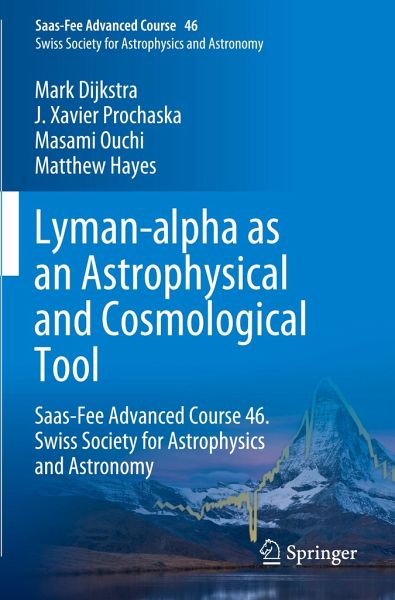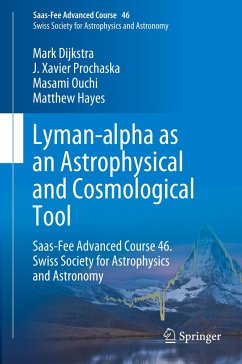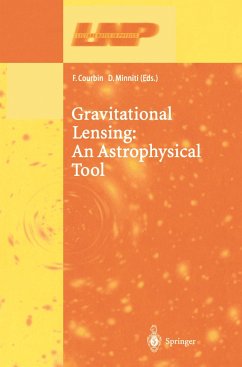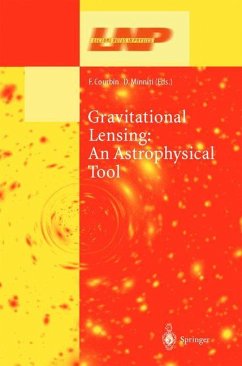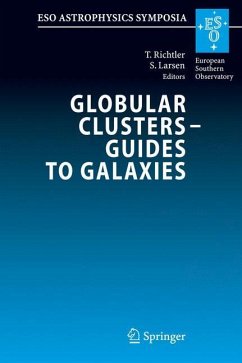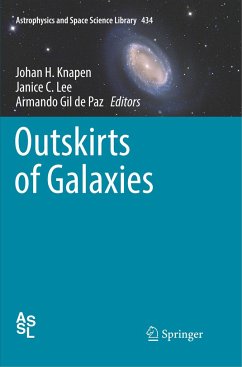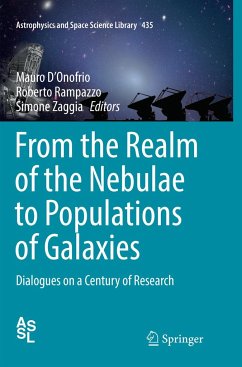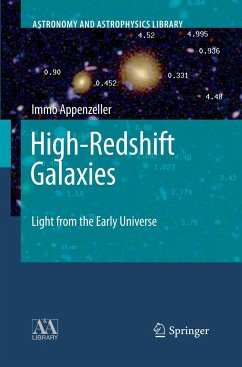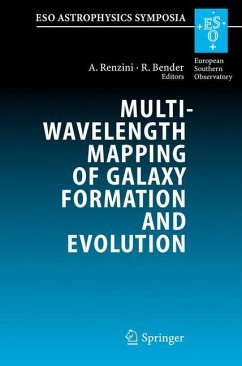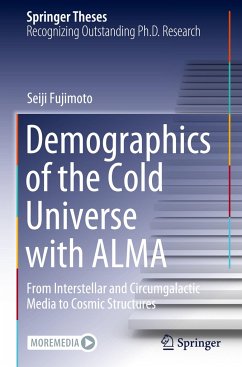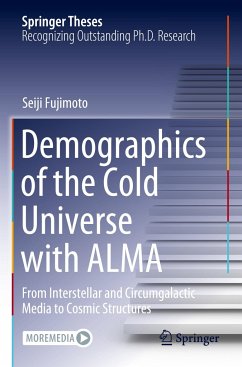Editors: Dr. Anne Verhamme is Senior Research Assistant at the Astronomical Department of the University of Geneva and Associated Researcher at CRAL, Lyon. She works on spectral diagnostics to study the escape of ionising photons and gas flows around galaxies, at the interface between simulations (coupling her radiation transfer code with radiation hydrodynamical simulations of galaxy formation) and observations (as a member of the MUSE consortium, and the LARS collaboration). She currently works on new indirect methods to probe the escape of ionising photons from the sources of cosmic reionisation, in particular from their Lyman-alpha properties (spectral shape and/or extend of their Lya halos), with a newly developed radiation transfer code, RASCAS, efficiently parallelised, and interfaced with state-of-the-art radiation hydrodynamic (RHD) simulations of galaxy formation. She obtained her PhD degree in Astronomy at the Univer sity of Geneva in 2008, working on Lyman-alpha radiation transfer effects in galaxies. In 2009, she was an SNF fellow at the Astrophysics department of Oxford University, and from 2010 to 2012, she was a Marie Curie fellow at CRAL, in Lyon, to compute the Lyman-alpha properties of virtual galaxies. Since Sept 2012, she returned to the University of Geneva (Excellence Fellow of the University of Geneva for 3 years, and "Marie Heim Vogtlin" SNF Fellow). Dr. Pierre North is senior researcher and lecturer at the Laboratory of Astrophysics of the Ecole Polytechnique Fédérale de Lausanne (EPFL). He obtained his PhD degree in astronomy and astrophysics in 1984 at Geneva University. He worked on chemically peculiar stars, especially on the evolution of the angular momentum of magnetic Ap and Bp stars. He studied the rate and properties of binaries among this type of stars, and also determined the orbital and spectral properties of Ba dwarfs, to the discovery of which he contributed. He used astrometric and eclipsing binary systems to determine the distance of stellar systems like the Pleiades and the Small Magellanic Cloud, and to put constraints on stellar models. His research interests focus now on Lyman-alpha emitting nebulae around quasars, and on the chemical history of dwarf spheroidal galaxies and of the Milky Way outer halo through analysis of stellar spectra. Dr. Hakim Atek is an assistant astronomer at Institut d'astrophysique de Paris (IAP) in France. He received his Master in astronomy and astrophysics from the University Pierre & Marie Curie (Paris VI). He obtained his Ph.D. in astrophysics in 2010 from the University Paris VI and the University of Geneva. He was a postdoctoral researcher at the California Institute of Technology (Caltech) for three years before moving to Switzerland for a second postdoctoral position at the Federal Institute of Technology in Lausanne (EPFL). During that period he spent one year as an associate research scientist at Yale University. He is primarily interested in the reionisation of the Universe and the formation and evolution of galaxies across cosmic time. He has a strong expertise in observational techniques with the Hubble Space Telescope and large ground-based facilities. Prof. Sebastiano Cantalupo is an Assistant Professor of Cosmic Structure Formation at ETH Zurich. His research combines theoretical, numerical and observational approaches into a single program that is aimed at detecting and characterising with fluorescent Ly-alpha emission the diffuse intergalactic gas at high redshifts. This gas is believed to trace the cosmic web that drives the formation and growth of galaxies in the early Universe. Prof. Cantalupo completed his PhD in 2008 at ETH Zurich and subsequently held postdoctoral fellowship appointments at the Institute of Astronomy at the University of Cambridge and at the Department of Astronomy and Astrophysics at the University of California Santa Cruz. He returned to ETH in 2014 as Research Team Leader working on the exploitation of the MUSE Guaranteed Time of Observations. In 2016, Prof Cantalupo was awarded a Swiss National Science Foundation Professorship with associated research grant to build a new research group at ETH Zurich that combines theoretical and numerical models of Cosmological Structure Formation with the unprecedented data provided by the new MUSE integral field spectrograph. Authors: M. Dijkstra is Professor of Astronomy at the University of Oslo, Norway. He is a theorist who specialized in modeling radiative processes and radiative transfer, to improve the general connection between theory and multifrequency observations. He works at the interface of models and data, and have established collaborations with both theorists and observers. His main research interests are the reheating and reionization of the intergalactic medium, the formation of the first stars and black holes, and the galaxy-intergalactic medium connection. X. Prochaska is Professor of Astronomy at the University of California Santa Cruz, USA. He examines the nature of gas both within and outside galaxies, primarily during the first few billion years of the Universe. He is an expert of high resolution spectroscopy of distant, intrinsically bright sources (quasars, gamma-ray bursts), revealing the foreground gas in absorption, allowing to study the metallicity, molecular fraction, depletion, ionisation state and velocity field of gas in the young universe. His current passions in academia include artificial intelligence, fast radio bursts, and ALMA. M. Ouchi is Professor of Astronomy at the University of Tokyo, Japan. Using state-of-the-art telescopes such as Subaru, Hubble, and ALMA, he aims to push today's observational frontiers towards the very high redshift Universe. His main research interest is to understand physical processes of the early galaxy formation and the cosmic reionization, particularly exploiting large samples of Lyman alpha emitters. M. Hayes is Associate Professor of Astrophysics at Stockholm University, Sweden. His research is focused on the origin and evolution of galaxies, i.e. how galaxies are assembled and evolve to become the population of galaxies we see at the present day. He works on questions relating to how stellar populations have evolved with time and how star-formation influences the surrounding medium through a process often dubbed 'feedback'. Consequently he also studies how gas is distributed in and around galaxies and how we can determine its properties.
